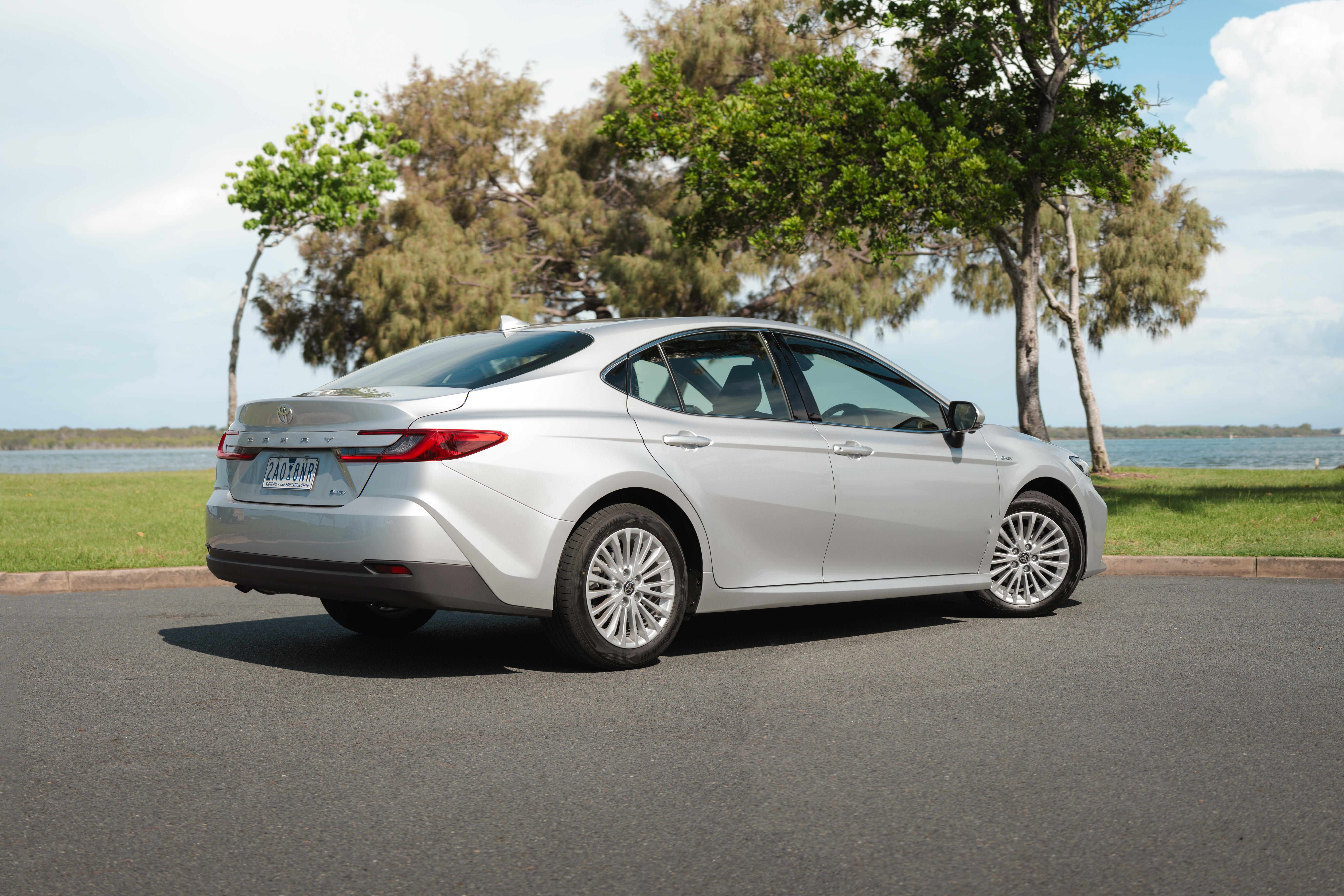Toyota models could hang around for longer as the company concentrates more on software updates, and its electrified drivetrains.
According to The Nikkei, Toyota will stretch the lifecycle for its most popular models out to nine years, up from the current average of seven.
The nine-year mark isn’t set in stone, with replacement cycles to vary by model. It’s understood cars developed specifically for China will still operate on a faster replacement cadence, as local manufacturers typically refresh their vehicles every few years.
CarExpert can save you thousands on a new car. Click here to get a great deal.

With the rise of software-defined vehicles and over-the-air updates, Toyota believes it can keep core models fresher for longer.
Longer lifecycles are said to help Toyota manage high demand for some models, such as the LandCruiser, which have years-long waiting lists.
Apparently the company is worried that by the time some customers get their cars, a new iteration will be around the corner. The move will also, supposedly, keep resale values high.

To go along with the longer model cycles, Toyota is looking to change the way it sets wholesale prices. Currently, at least in Japan, wholesale prices drop automatically as a car ages. This gives dealerships greater scope to discount, which it may need to do in order to move older vehicles.
Toyota is reportedly keen to set wholesale prices dynamically based on sales data. Third-party owners, which account for most of Japan’s 230 Toyota dealerships, are reportedly against the change.
If The Nikkei is correct, the nine-year model lifecycle continues a trend towards longer-lived models. In the 1980s and 1990s, Japanese manufacturers typically had four to five year cycles for key models. This grew to about six years in the 2000s, and seven years in the 2010s.

We don’t know if Toyota vehicles earmarked for nine-year lifecycles will have two facelifts instead of the usual one.
It also raises the question of what is a new-generation model. Toyota considers the latest Camry to be a new-generation model, even though it shares its doors, wheelbase, underpinnings and many components with the previous generation, which was on sale for seven years.
It’s also worth noting that large off-road SUVs and utes have always followed a longer lifecycle. The Prado, for example, was finally replaced last year after 14 years.

